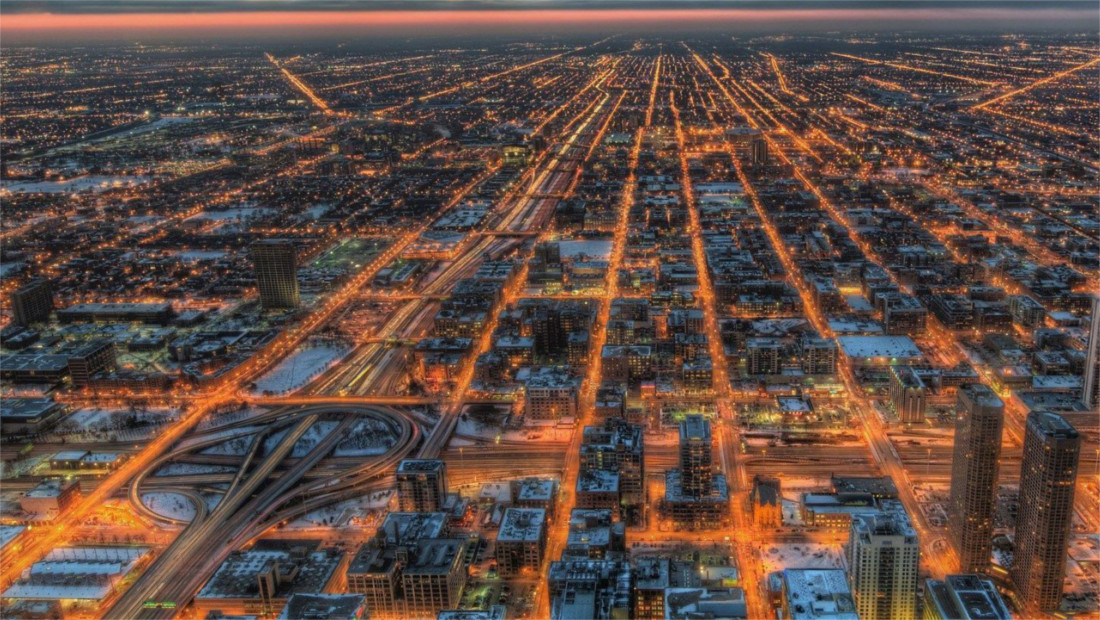
11 Jun Powering Community Organizations: New Ways to Engage Energy Customers
This article considers alternatives for really engaging consumers, and what one Illinois organization is doing to change the way people connect with energy infrastructure.
Huge investments have been made into building a smarter grid, but how do those investments deliver value to the individual? How do we better make the connection between people and technology? We talk a lot about customer engagement—or the lack of it—in building smarter energy infrastructure. In this article we consider alternatives for engaging consumers, and what one Illinois-based organization, the Illinois Science and Energy Innovation Foundation (ISEIF), is doing to change the way people connect with energy infrastructure through outreach by existing community organizations.
Changing the approach to customers
A big factor for the success of building a smarter grid still comes from consumer engagement, and so far it has been lacking. Utilities have taken on that role of energy adviser, but with a few exceptions, utilities are not typically a trusted resource for most consumers. “The utilities are working very hard, but that doesn’t mean that they’re perceived as a trusted friend or resource in the community,” said Clare Butterfield, Program Director, ISEIF. “In many cases they are not, and they know that.”
In addition to the lack of trust, part of the problem for utilities is just being able to tailor the right message for different customer groups. “Sometimes utilities have community partners, but they want them go out under the brand of the utility. Once a utility has a tagline approved through a rigorous process, they don’t want to see it vary, and that makes it difficult to target specific consumer groups with appropriate messaging,” said Butterfield.
What if we could engage with energy customers through organizations they already know and trust, regardless of whether or not those organizations have energy expertise? These organizations could be intermediaries in energy outreach that are able to more nimbly respond to immediate community needs.
Enabling community organizations to be energy advisors
This is where ISEIF steps in. First, a little background about the organization. Illinois utilities Ameren and ComEd invested $72.5 million through the 2011 Energy Infrastructure Modernization Act to create two funds: ISEIF and Energy Foundry. While Energy Foundry invests in technological infrastructure by supporting locally grown smart grid startups, ISEIF invests in educational infrastructure for building a smarter grid.
ISEIF is charged with providing consumer education, but not necessarily through traditional means, such as utility companies. ISEIF works with organizations that consumers already know and trust, and provides grants to help those organizations deliver energy education with a focus on low-income and low-income senior groups. “Our role through the grants is to make sure the information is getting to consumers very broadly through messengers they trust, and using messages they readily understand and can adapt to,” said Butterfield.
The grants target two key groups. The first group includes large state-level organizations because they have the capacity to reach broadly and deliver consistency across Illinois in terms of major outreach. The second group includes specialists that attach to these broader campaigns. These smaller organizations are peppered in to help get certain micro groups engaged in energy. Example organizations include:
- Faith-based organizations | Religious organizations such as Faith in Place that work to inspire religious people of different faiths to care for the earth.
- Historic preservation organizations | Groups such as the Historic Chicago Bungalow Association that help homeowners preserve signature homes in the region while making their homes more energy efficient and sustainable.
- Cultural organizations | These groups focus on delivering culturally appropriate messages, such as the Centers for New Horizons that focuses on African American communities in Chicago’s South Side.
- Schools | ISEIF partnered with the Illinois State University to develop a Smart Grid for Schools curriculum program, which focuses on K-12 education.
What makes an organization a good candidate for engaging a community around energy? ISEIF is looking for groups that have already earned a lot of trust in the community or access to a specific group of people, and then helping those groups work together “If you have multiple groups delivering the rights messages, and many of them are known as groups ‘working for the people’ that makes them a strong candidate for the grants,” said Uzma Noormohamed, Program Analyst, ISEIF.
The measure of success for these organizations is simple. “If the messaging is working for each group that’s great,” said Butterfield. “If it’s not working, then what are you going to do to change it?” ISEIF provides opportunities for grantees to get together and share what they’re learning to maximize the effectiveness of their messaging and engagement without trying to control every piece of it. The result is unprecedented outreach to communities in ways that utilities wouldn’t be able to do on their own.
ISEIF will be appearing at Zpryme’s ETS@chicago event July 22 and 23, 2015 at the Chicago Symphony Center.
H. Christine Richards is the research director for Zpryme. You may reach her at h.christine.richards@zpryme.com.


